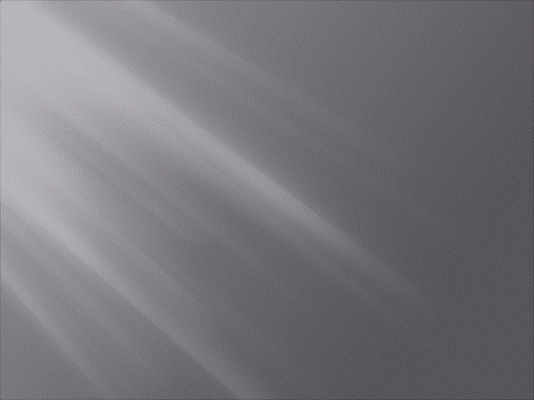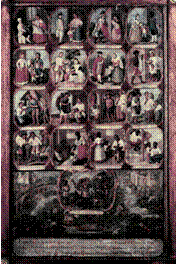


¨Casta Painting, 1777. Ignacio María Barreda. Real Academia Española, Madrid, Spain.
¨Casta or “caste” paintings depict, in more explicit
terms than almost any other
colonial objects, the effects of inter-cultural
mixing. Typically casta paintings comprise
sixteen scenes that register, through the presentation of family groups, the progressive dilution of 'pure' Spanish, Indian, and African blood. Inscriptions set within or near to each painted panel identify the names assigned each new “caste” created thus.
¨In this painting, just below the first scene in the
upper left corner, a
well-dressed Spanish man extends his arms
to receive his child from his indigenous mate;
¨Tracing across the top from left to right and then down the caste hierarchy, we see the generations of castizo, español criollo, and mulatto children.
¨And in the lowest compartment of all, the painter presents “barbarian” indigenous people, called mecos.
¨Spaniards have the highest social standing, usually appearing in the first panel of each series; across successive scenes, the pairs become darker and increasingly poor. Those in the lowest rungs are either those of the most mixed blood or those so 'barbaric' and
'uncivilized' as to be beyond the
realm of mixing.